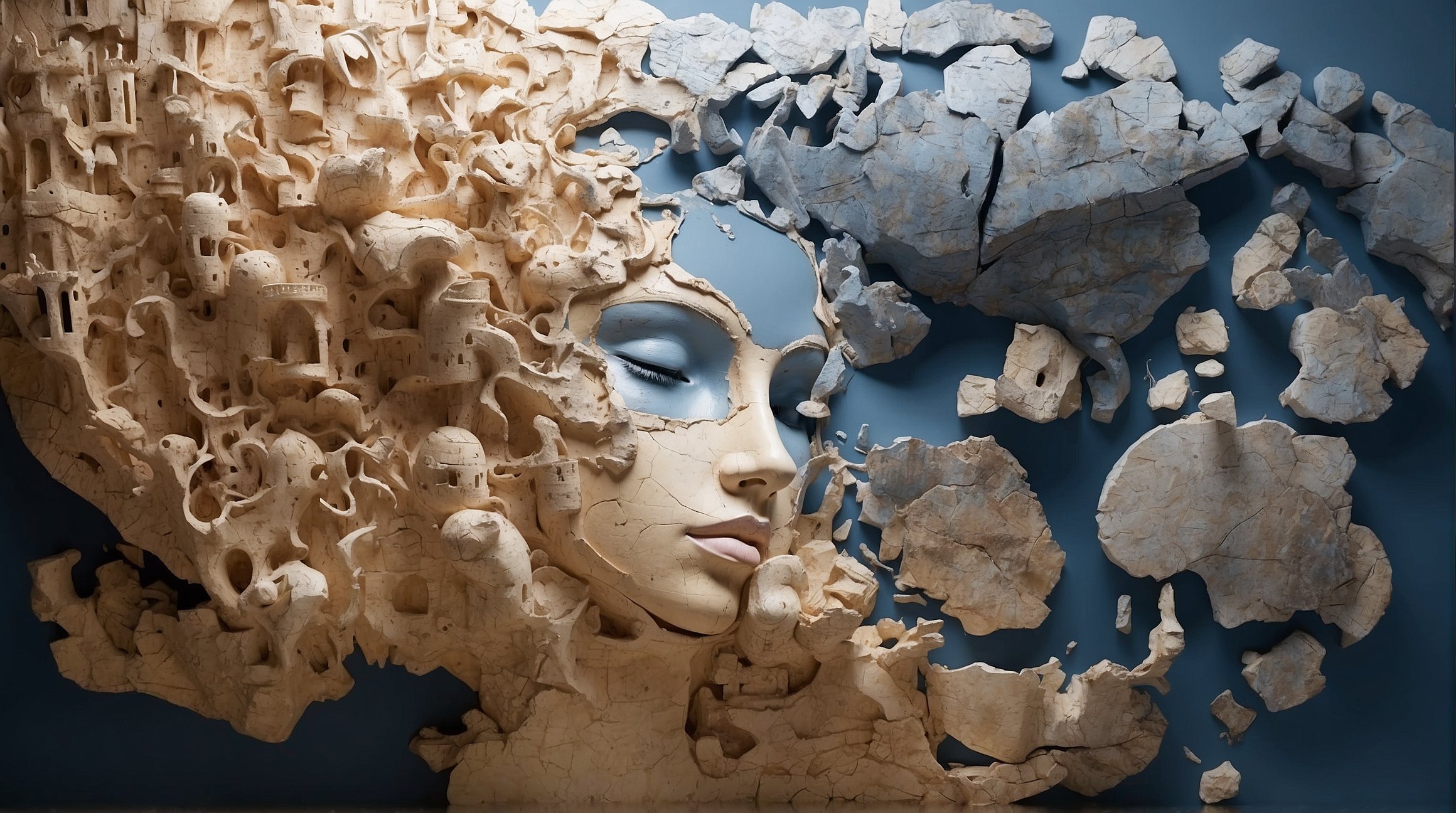
PEACEBUILDING
3-20-24 SESSION
In this conversation about peacebuilding, participants explored the contrasting perceptions of peace efforts across various societal domains, shedding light on both the inspiring and the challenging aspects of the field. They discussed how, in popular culture, peacebuilding is often overshadowed by narratives that emphasize conflict and division. Yet, there are glimmers of hope in media that choose to highlight unity and collaborative problem-solving. The dialogue then shifted towards the political landscape, where the ideal of peace is frequently eclipsed by the reality of partisan divisions and power struggles. However, examples of grassroots movements and local governance initiatives provided a counterpoint, illustrating that peacebuilding can indeed take root and flourish even in the most contentious environments.
Religion was another focal point of the discussion, embodying a paradoxical role in peacebuilding efforts. Participants reflected on the dual nature of religious institutions as both sources of division and powerful agents of peace. Stories were shared of interfaith dialogues and religious-led peace initiatives, which have successfully bridged divides, underscoring the potential for faith to serve as a unifying force. Yet, the acknowledgment of religion's role in perpetuating conflict underlined the complex relationship between spirituality and peace, highlighting the need for a nuanced approach that recognizes both the potential and the pitfalls of religious engagement in peace efforts.
The conversation also touched on some personal dimensions of peacebuilding, where participants shared intimate reflections on moments that deeply connected them to the essence of peace, as well as times when peace felt distant. These narratives brought to the forefront the inner work necessary for peacebuilding, such as confronting personal biases, cultivating empathy, and embracing vulnerability. The exchange revealed a shared understanding that peacebuilding is not just an external endeavor but also an internal journey, requiring individuals to engage in self-reflection and personal growth. Through these discussions, the conversation painted a vivid picture of peacebuilding as a dynamic interplay of external challenges and internal transformations.
As you explore this art, where do you recognize your own thoughts or those of others within its narrative?
What symbols within the artwork speak to you, and what stories do you think they're trying to tell?
In what ways does the art challenge or expand your current perspectives on peacebuilding?
Reflecting on the depicted scenes of unity and division, what lessons or insights can we draw about the complexity of achieving peace?
How do the contradictions and paradoxes illustrated in the art resonate with your understanding or experience of peacebuilding efforts?
Key Themes:
The Paradox of Value in Peacebuilding
In the discourse, a prominent theme was the perceived hierarchy within the sectors of peacebuilding, particularly the contrast between high-profile commercial mediation and community-based peace initiatives. The conversation illuminated how peacebuilding, despite its critical importance to societal harmony, often finds itself undervalued in comparison to more lucrative commercial endeavors. This paradox highlights a societal challenge: recognizing and elevating the intrinsic value of peace efforts that prioritize human connection and understanding over financial gain.
The Role of Popular Culture, Politics, and Religion
Discussions around the influence of popular culture, politics, and religion on peacebuilding revealed diverse perspectives on how these spheres either support or hinder peace efforts. While some see opportunities for positive portrayal and support for peace initiatives in media and art, others note the polarizing nature of politics and the mixed roles religions play in either dividing or uniting communities. This theme captures the complex interplay between various societal elements and their impact on the perception and practice of peacebuilding.
Personal Connections to Peace
A deeply personal theme that emerged was the individual’s journey of connection and disconnection from peace. Through sharing experiences of transformative moments and challenges, the conversation underscored peacebuilding as an intensely personal endeavor, influenced by individual actions, reflections, and growth. These narratives emphasized the nonlinear path of peacebuilding, marked by significant moments of realization and the power of personal commitment to fostering peace.
The Complexity of Peacebuilding Efforts
Finally, the conversation brought to light the nuanced complexities of peacebuilding efforts, underscoring the multifaceted challenges practitioners face. From the struggle to maintain neutrality and objectivity to the ongoing effort to engage conflicting parties in constructive dialogue, this theme reflects the intricate balance of skills, patience, and perseverance required to navigate the peacebuilding landscape. It highlights the need for empathy, understanding, and the willingness to embrace different perspectives in the pursuit of lasting peace.
PEACEBUILDING HIGHLIGHTS
ADDITIONAL ART
These images also emerged from this pannel’s conversation about the concept of Peacebuilding.



























